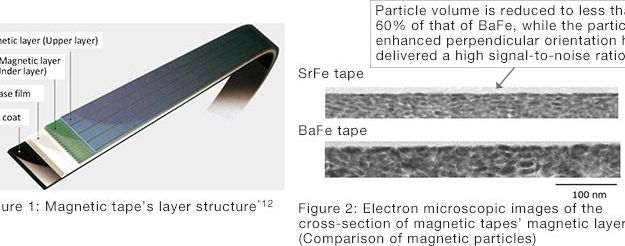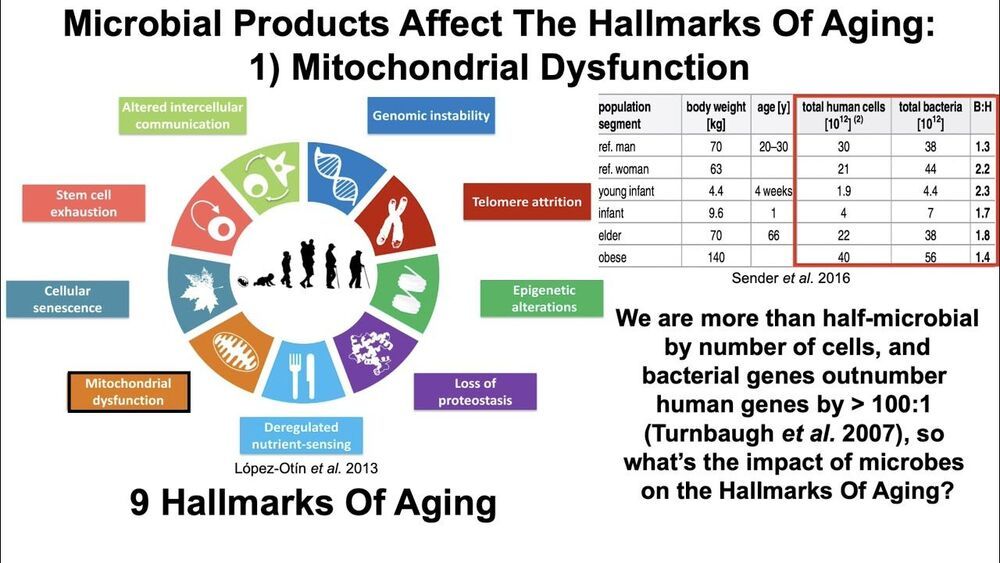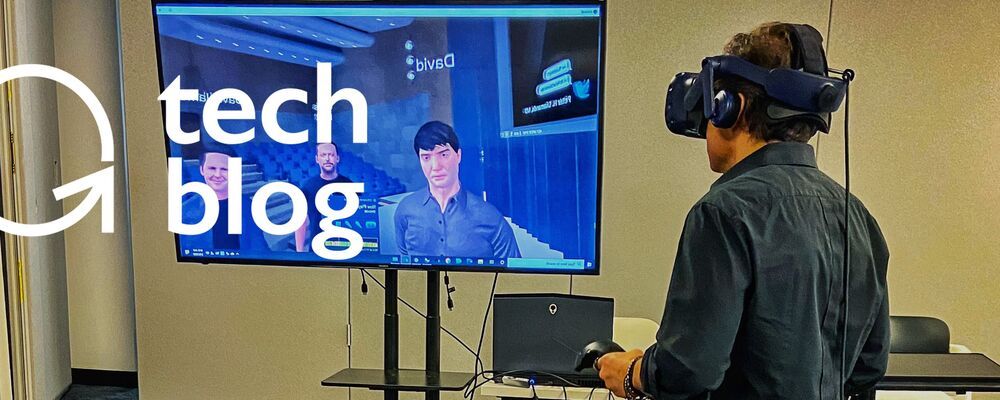Dec 27, 2020
Scientists discover a new species of snake hiding in plain sight
Posted by Genevieve Klien in category: sustainability
Sometimes, looking at things we thought we knew with fresh eyes (and new tools) can lead to incredible discoveries.
That’s what happened when Jeff Weinell, a graduate research assistant at the University of Kansas’ Biodiversity Institute, found out that three specimens of snakes preserved in the institute’s biodiversity collection, found in field missions between 2006 and 2012 and overlooked up to this point, belonged in a category of their own.
The three snake specimens are the only known members of a new snake genus, called Levitonius, and a new snake species, called Levitonius mirus.


















